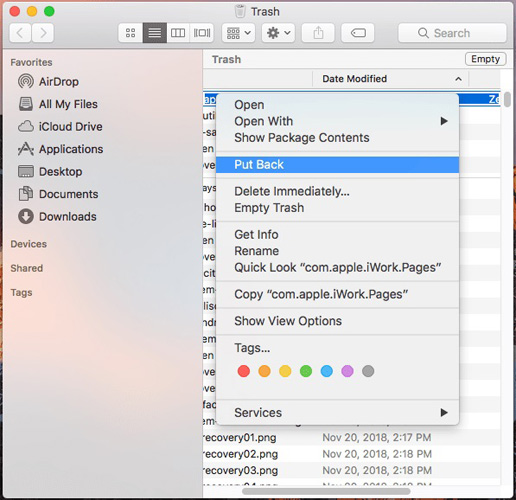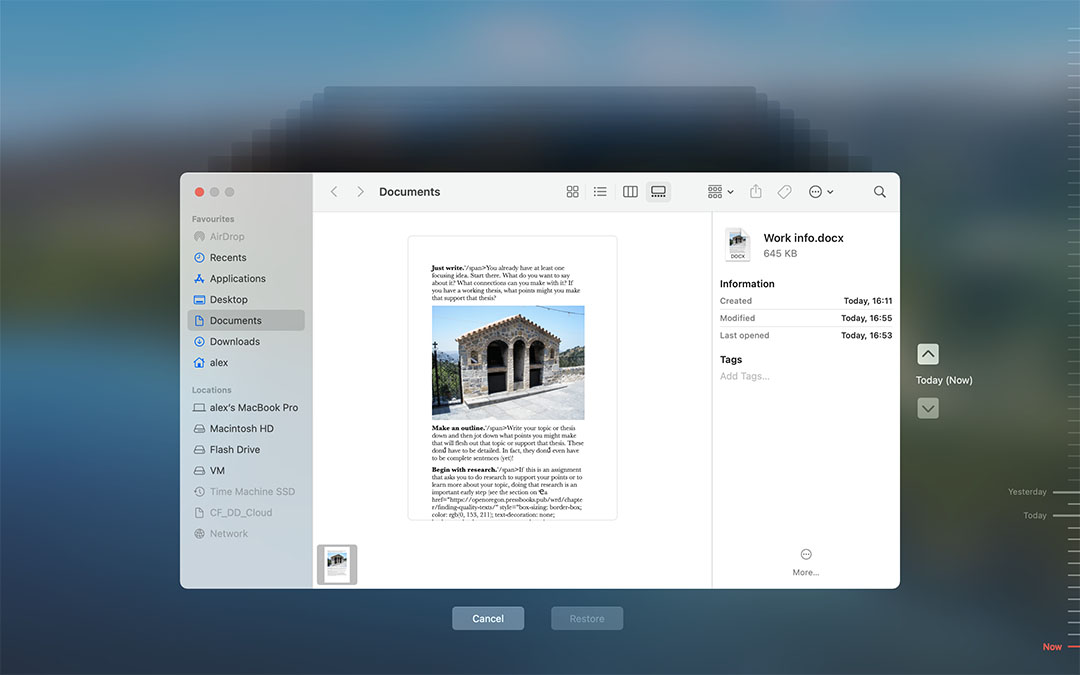
- #Temporary location for word files on mac how to
- #Temporary location for word files on mac for mac
- #Temporary location for word files on mac mac os x
Where are such temporary files stored (Windows 7. You can also unhide the "/var/TMP" folder by entering the wording "/var/TMP" in place of the word "TMP. Location of unsaved temporary Word files downloaded from e-mail attachments I forgot to save changes I made to a Word 2010 file downloaded from an online e-mail account before closing the file (used Ctrl S, not 'Save as').
#Temporary location for word files on mac mac os x
The main temp folder on a Mac OS X or macOS installation can be found by entering the. Third-party applications may create temporary folders during installation or execution, and the operating system itself uses temporary files and folders as needed during operation.
#Temporary location for word files on mac for mac
The Word for Mac temporarily saves documents that the user has not yet saved themselves in a folder named 'Recovered items', located in the Trash. Recover Unsaved Word Document on Mac from Recovered Item. In the Finder Menu, under GO choose Go to Folder you can also use the. Temporary folders can be found in a number of locations on your Mac. Save the Word file by clicking on 'File' 'Save As' and save it to another location. The default setting, which appears blank in the screencap below, is to /Documents. select File Locations: When in File Locations, set the path you want Word to use by clicking in the Location field.
#Temporary location for word files on mac how to
To hide the TMP folder, enter "chflags hidden ~/ Users/"username"/TMP" in Terminal without the outer quotes, and then press "Return." The "username" again represents your username. The following steps will explain how to delete all these files from your Mac. The File Locations preference pane allows to to specify the location for all documents to be saved.

If you receive a warning that the file can't be deleted, the temporary file is currently in use by an application or your Mac's operating system, OS X or earlier version. You can click and drag a file and move it to your desktop, if desired, or click and drag the file to the Trash Can to delete it. Click the "tmp" folder to view any temporary files that may be present in the directory.

Press "Return." Click the Mac's hard disk icon on the "Desktop" to access the root directory. Type the following command into the Terminal screen, with the "username" representing the username you use to log in to the Mac: Simple command chflags nohidden /Users/"username"/TMP. You can also open Terminal from the Launchpad. a directory that applications use to temporarily store files as needed. Under File locations, click AutoRecover files, and. The temporary directory, or tmp folder, is automatically cleared during reboot. To unhide the TMP folder for viewing, click the Terminal application icon on the dock. Under Personal Settings, click File Locations File Locations icon.


 0 kommentar(er)
0 kommentar(er)
